Hi, everyone. It has been a long time since I posted any projects. The latest is a Spanish crossbow of a style called a ballista. It was used by the Spanish conquistadors in the New World, where perhaps the ratio of crossbows to firearms (the harquebus, an early flint lock, was used by the Spanish) was two to one. Crossbowmen were considered an elite force, and I find it interesting that the Spanish were still using this type of weapon after gunpowder weapons had made the crossbow obsolete as a military weapon in most of Europe. Probably I find this weapon most interesting as it was used in North America, in Florida, Colorado, and other places the Spanish armies traveled to.
This particular weapon is very simple in design, and was very much a munitions grade weapon of a soldier, not the elaborately decorated crossbow a nobleman would use for hunting and target shooting. The tiller or stock is narrow and nearly straight, about 33 inches long, and was cocked with a goats foot, so there is no stirrup in the front of the weapon. The tiller (stock) of a typical crossbow was generally made from fruitwood, but in the case of this weapon, I had some nice thick planks of yellow heart on hand (Euxylophora paraensis), and it is a beautiful wood, very easy to work, dense, with great gluing properties. Like osage, it will darken over time, and should be handsome against the blued steel and bone inlays I plan for this guy.
Also, I wanted a relatively simple, fast project. I am carefully documenting and shooting each step in the building process, and think this will be the basis for an article for PA on building a crossbow. The Spanish bows used bow irons to fasten the prod (the bow) to the tiller, and at this point, the composite prods were long out of use. So, no hours of making a hemp bridal. Another plus is that these bows had a rudamentary safety, which will be nice to have and give me some piece of mind, particularly if someone else is taking a shot with it.
I don't plan to go into great detail always on this thread, but will if I find it is necessary and to answere any questions someone may have. Ive done at least one other crossbow making thread, and it was well recieved and fun to get feedback on. So, with that being said, here it is. this project is only 3 days old, and I estimate I have spent about 5 hours total so far. The prod is 165 pounds pull with an 8" powerstroke, so not terribly powerful, but should be a fun target weapon.
Dane
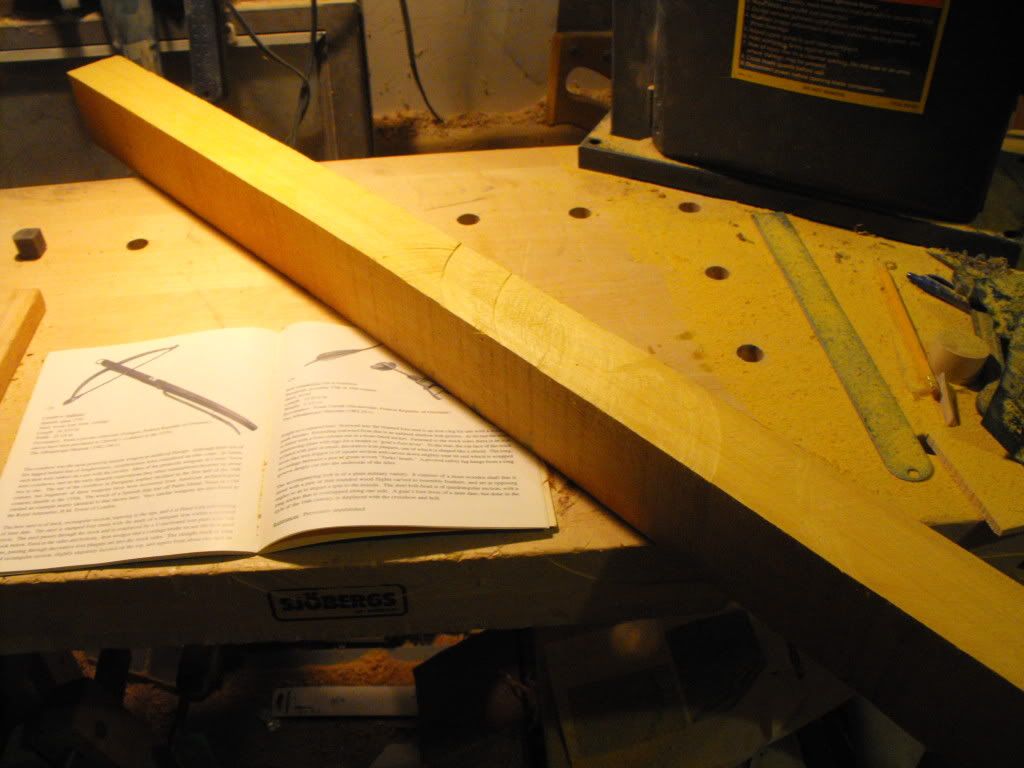
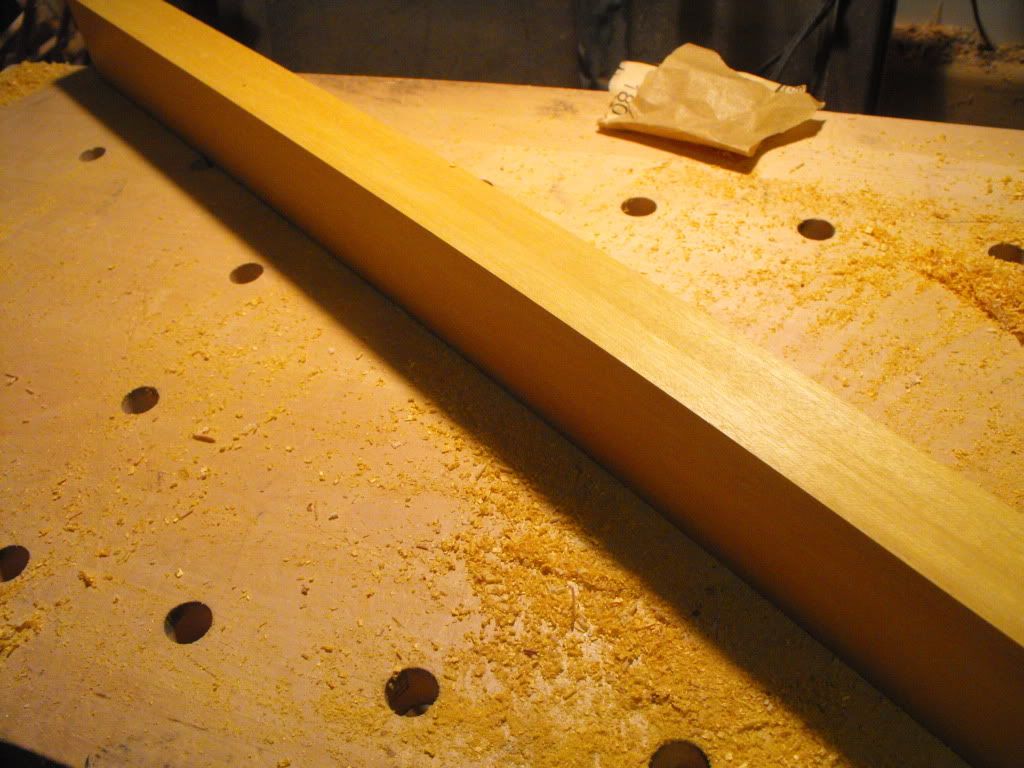
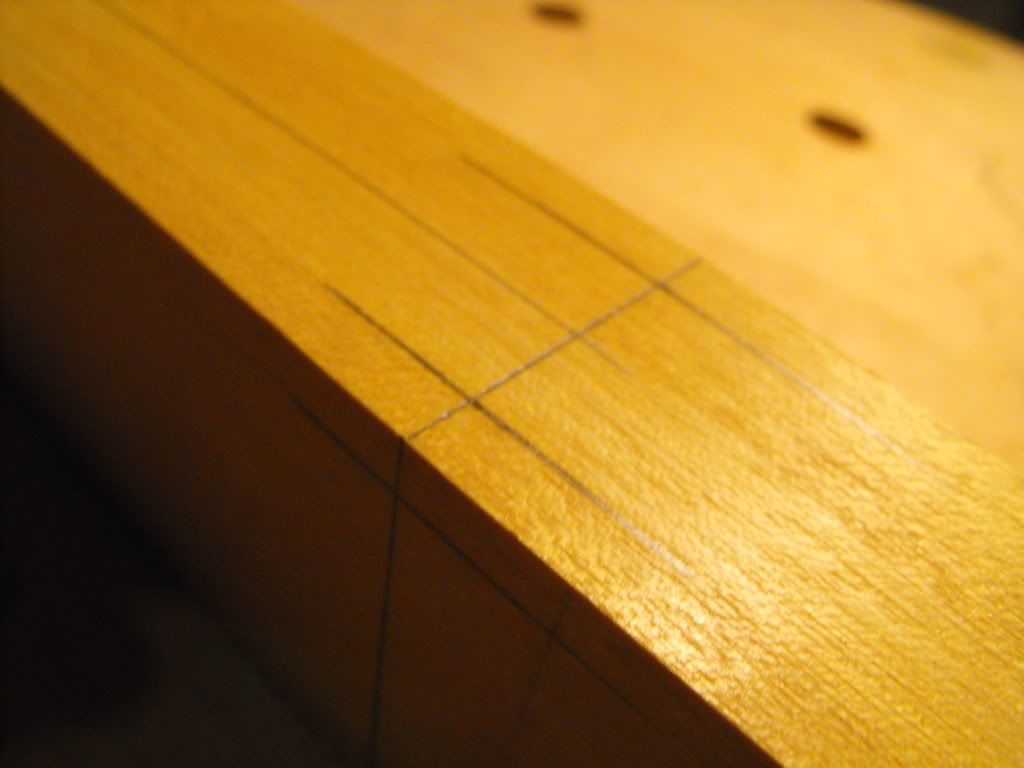
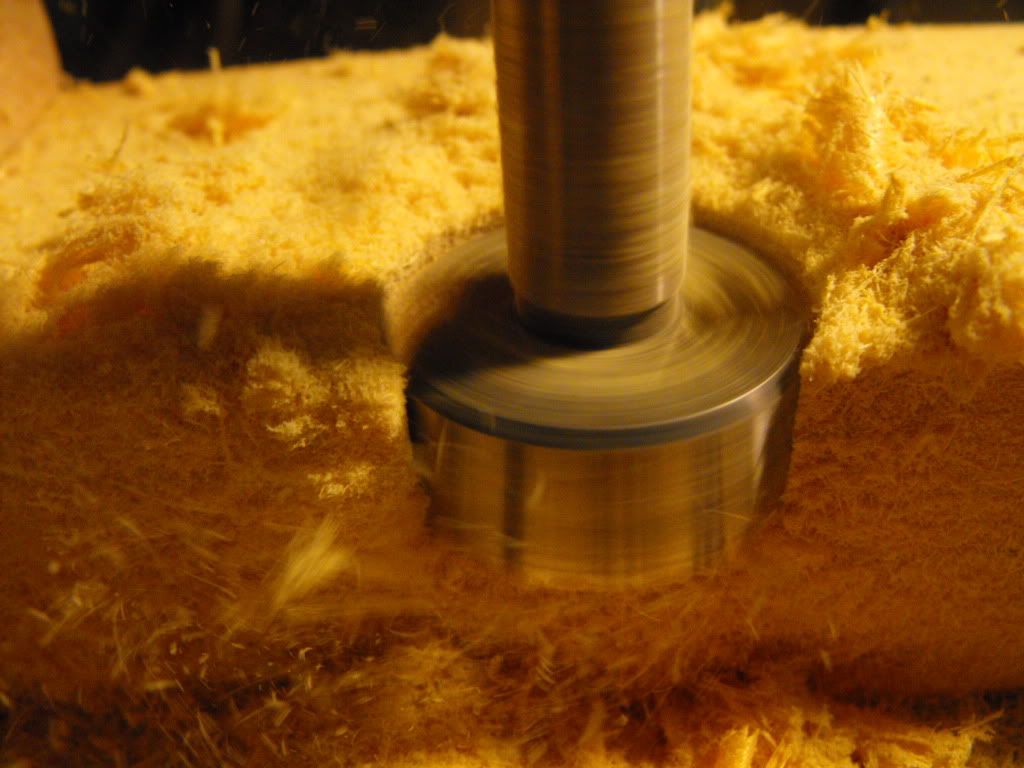
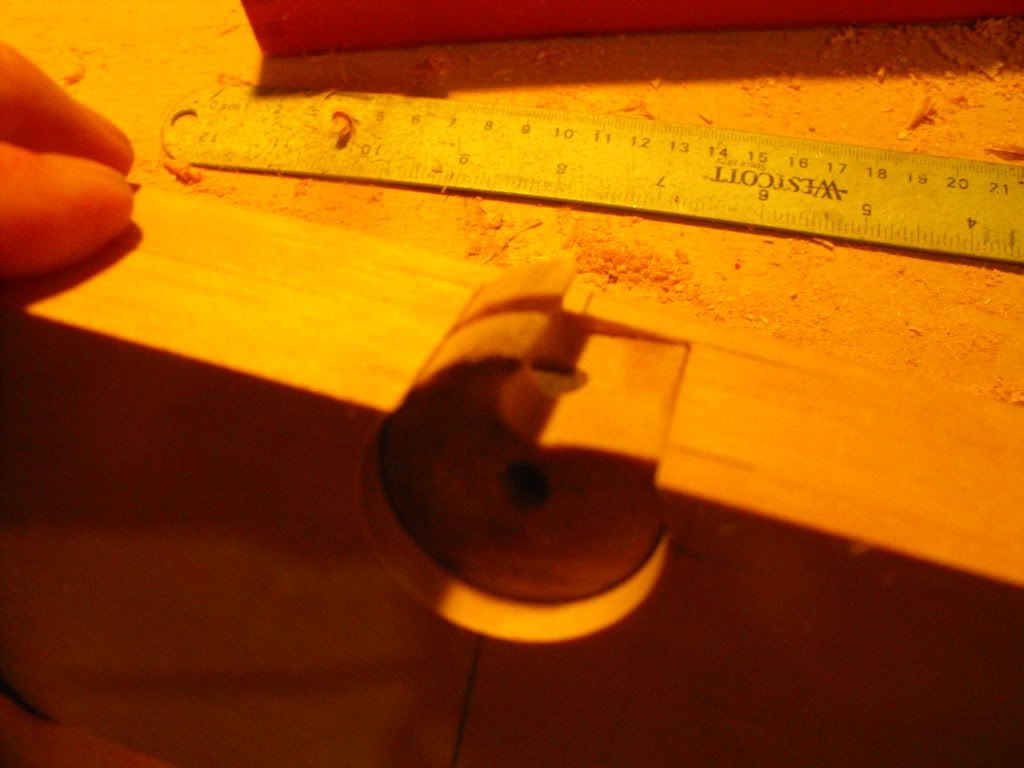
Ripping the plank, tiller (stock) blank after running through thickness planer, drilling the rolling nut socket with a 1.25" fostner bit, and testing the nut in the socket. I allowed for extra wood on top of the tiller to allow for inletting and then subsequent working down and sanding. The nut is buried 2/3 into the tiller. Note: you can see a little museum booklet I am using as part of the research on this weapon called Arms and Armor of the Conquistador, 1492-1600, published by the Florida Museum of Natural History, 1990. The page open gives you an idea of what the finished bow will look like, if you squint hard
